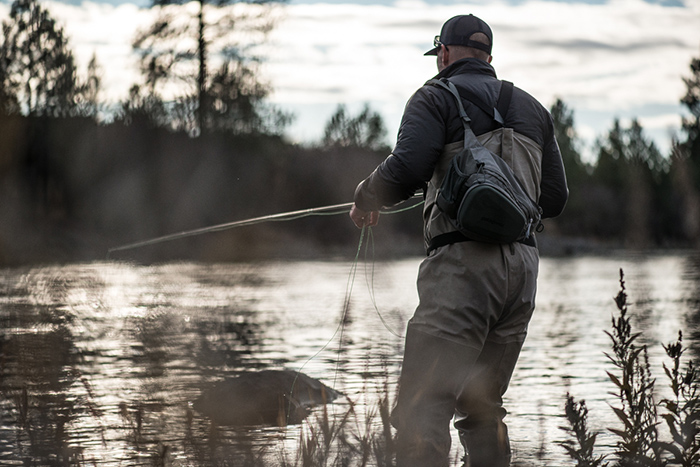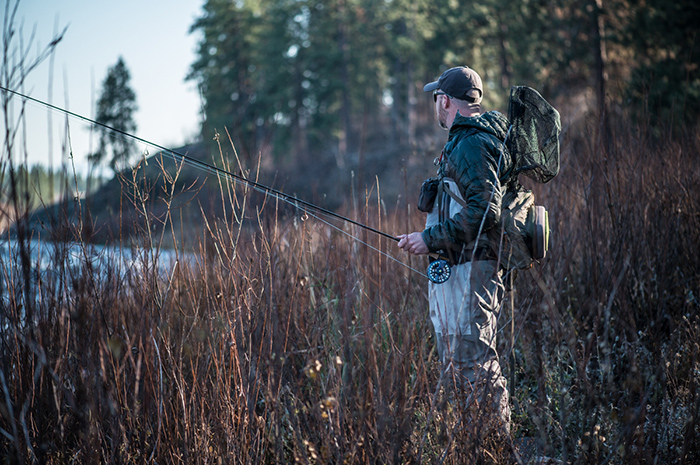Bring Your A-Game
Sean Visintainer - 11/19/19

Preparation, Planning, and Timing
Bring your A-game. We've all heard that before, probably from a coach or a snide remark from a friend or competing team member. Bring your A-game because this match is going to be tough!
When do you really need to bring your "A-game" in fly fishing?! Well, that is all a matter of whether you like catching fish or not? Personally, I like to bring my A-game all the time, but in particular when head hunting risers on trout streams.
Fishing to rising trout that are keyed in on specific insects requires calculation and precise execution. Think of it like chess, you need to be able to calculate multiple moves ahead to anticipate what hopefully is the trout's move where he eats your fly. Disclaimer, I don't play chess, never have, that is just my rudimentary understanding of the game.
So what moves do you need to calculate in order to get that eat? Let's review some of the basics...
- What is the trout eating?
Mayflies, caddis, midges, etc? See what's hatching. - What do the rise forms look like?
Are they aggressive? Are they slow and methodical? Are they breaking the surface film? Are they boiling just below the surface? Identifying the type of rise forms is a big indicator as to what they are feeding on (midges, mayflies, caddis, etc) and at what stage of the insect. I will elaborate more on this in a future post. - How frequently is the trout rising?
If you are watching a consistent riser, gauge the timing between rises. Fish often get into a rhythm when bugs are plentiful. Time the rise forms, and then execute the cast so the fly hopefully drifts over the trout at the right time. - Is your fly dragging?
If you are fishing soft currents it is easier to see drag on your fly. Mayfies and midges don't cause wakes on the surface, drag free drifts are a must. Slack is important to a good drift. Mend BEFORE your fly drifts over the fish. I can't state that part enough. Perhaps a future post will come from that! - Where should you stand? Above or below the fish?
Determine if presenting upstream or downstream to the fish is best. Currents, brush, rocks, etc will dictate which approach is best for staying stealthy. Keep a low profile and tread lightly. Don't send shock waves and ripples out in the water alerting every fish of your presence! For more info check out another recent blog post: https://www.silverbowflyshop.com/blog/stay-low/ - Are the fish cruising and taking insects? Or are they stationary?
Often in slower currents fish are moving around, or doing laps, watch the trout to see if they are moving, if they are you will need to anticipate where it is heading next. - How should you set the hook?
Set based off the speed/type of take. Subtle eat, subtle hook set. Fast eat, faster hookset. Let them eat the fly though especially on a slow take! A second of pause before you set will them to fully grab the fly. - Survey the situation.
This is probably the most important. A few mins of observation before entering the water or making a cast goes a long, long ways. It allows you to formulate a game plan on the best approach and how to execute your presentation.

